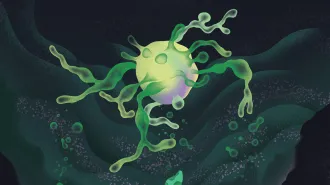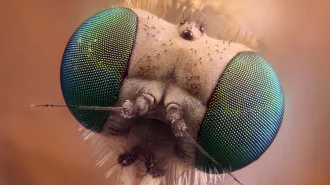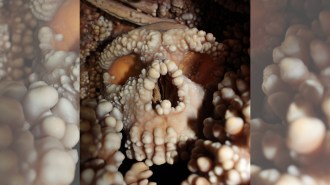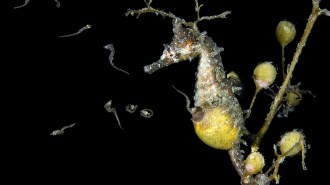Giving cats food with an antibody may help people with cat allergies
Pet-food maker Purina is studying how adding an antibody to the chow curbs reactions
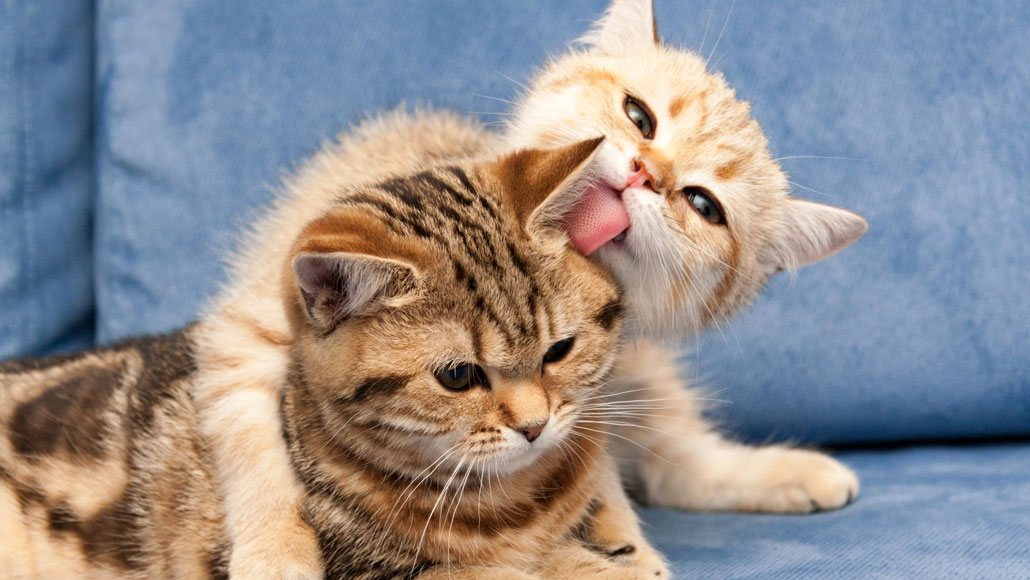
Most cat allergies are triggered by a protein called Fel d1, which is carried in cats’ saliva. New research aims to disable the protein at its source.
SunRay BRI Cattery RU/iStock/Getty Images Plus
Cat lovers who sneeze and sniffle around their feline friends might one day find at least partial relief in a can of cat food.
New research suggests that feeding cats an antibody to the major allergy-causing protein in cats renders some of the protein, called Fel d1, unrecognizable to the human immune system, reducing an allergic response. After 105 cats were fed the antibody for 10 weeks, the amount of active Fel d1 protein on the cats’ hair dropped by 47 percent on average, researchers from pet food–maker Nestlé Purina report in the June Immunity, Inflammation and Disease.
And in a small pilot study, 11 people allergic to cats experienced substantially reduced nasal symptoms and less itchy, scratchy eyes when exposed in a test chamber to hair from cats fed the antibody diet, compared with cats fed a control diet. The preliminary findings were presented in Lisbon, Portugal at the European Academy of Allergy and Clinical Immunology Congress in June.
The Fel d1 protein is produced in cats’ salivary and sebaceous glands. Cats transfer the protein to their hair when they groom by licking themselves and excrete it in their urine. Humans are then exposed to it on cat hair and dander — dead skin — or in the litter box. Cat allergies plague up to 20 percent of people, and Fel d1 is responsible for 95 percent of allergic reactions to cats.
Doctors can’t give humans antibodies orally because the molecules are broken down in the gut and never reach their targets, says Michael Blaiss, executive medical director of the American College of Allergy, Asthma and Immunology and an allergist and immunologist at the Medical College of Georgia in Augusta. So Purina’s approach to the cat allergy problem is interesting and unusual, he says.
In cats, the antibody to Fel d1 — which is derived from eggs and added to cat food — has its effect in the mouth, neutralizing the protein in saliva, says Ebenezer Satyaraj, director of molecular nutrition at Purina. This way, the antibody disables Fel d1 “after its production by the cat, but before it spreads to the cat’s hair and dander — and before a response occurs in an individual sensitized to cat allergens,” says Satyaraj, who is leading the cat allergen research.
Since the role of Fel d1 in cat physiology is unknown, this approach doesn’t interfere with the normal production of Fel d1 by the cat, Satyaraj says. So far, he adds, safety tests have found no harm to cats fed the antibody.
Blaiss expects that the new treatment may help people with mild cat allergies. But those with severe symptoms are unlikely to find relief from cutting the amount of active allergen only in half. Some people can’t tolerate any amount of the protein without symptoms, he says. What’s more, different cats can produce wildly varying amounts of Fel d1 naturally. “So it just depends on the [Fel d1] levels of the cat and the symptomology of the patient,” he says.
In addition, Fel d1 is known to be a “sticky” protein, Blaiss says. It tends to stick around and accumulate in the home over time. So even with feeding a cat the antibody-laced food, “it could just take more time to build to a level that triggers an allergic reaction.”
Purina is not yet offering products containing the antibody, Satyaraj says, but plans further research to determine its effectiveness for reducing cat allergens in the home.
